
views
- Set aside time to write every day and stick with it until the book is complete. Keep revising until the book feels polished and ready.
- Choose an eBook publishing platform. Kindle Direct Publishing is popular. Services like Lulu and Booktango also publish manuscripts in eBook format.
- Promote your eBook on social media and send free copies to book review websites to gain more exposure.
Writing Your eBook

Come up with an idea. eBooks are no different from any other type of book except in their medium of publication, so the most important first step to writing one is to decide on, and develop, an idea for one. The basic way to do this is to sit down and write a brief phrase or sentence that encapsulates the information you'd like to put in your book. Once you have that, you can build on it to create a finished product. Writers who plan to create a book of fiction will have to spend considerably more time coming up with ideas and plot points. Read this article on how to write a novel for more relevant advice. The eBook format has the advantage of being not only open to self-publishers, but essentially free for them, which means that “books” too short to really be worth printing on paper can make perfectly valid eBooks. Therefore, feel free to use a simple idea.
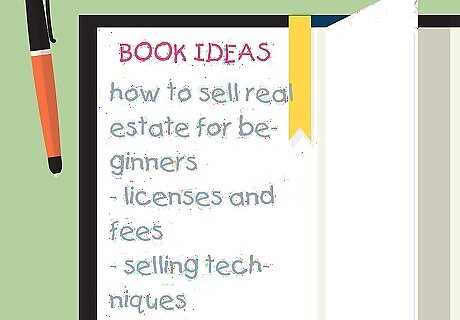
Expand your idea. Start with the basic idea you wrote down, and think about different aspects of it. It may be helpful for you to draw a web of concepts to do this. For example, let's say you wanted to write a book about how to sell real estate for beginners. You could write down things like “licenses and fees,” “selling techniques,” and “cost vs. expected returns.” Connect specifics that are related to each of them, and so on, until you have enough detail to see the structure of the words in your head. Different books call for different approaches. Memoirs and self-help books might do better with a vertical outline; a book of fixes for common household problems will probably come together faster using a web of ideas.
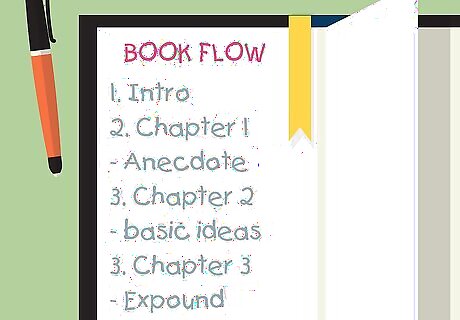
Organize your details. After unpacking and expanding your core idea, you should have a lot of information about your basic topic written down. Rearrange and organize it in a vertical outline until it makes sense to you and matches the way you'd like your book to flow. Think in terms of what your audience will need to know first, and put basics at the beginning. Once those have been covered, more advanced concepts can follow without losing the reader. Each step along your line will end up being a chapter in your book. If you can break the chapters into groups as well (for instance, if your book on home repairs has chapters that can be divided by room or type of problem), feel free to turn those into larger sections that contain a few related chapters each.
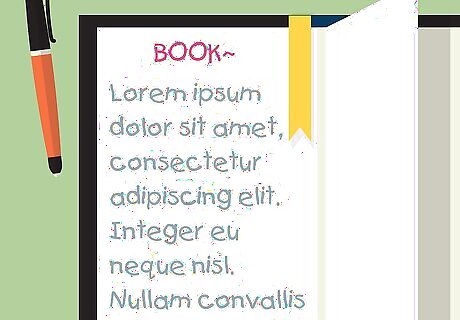
Work on your first draft. Don't worry about a title, table of contents, or any of the other stylistic elements of the book yet. Just sit down and start writing it. You may find it's easier to “start in the middle” by writing a chapter of your choice first; you may prefer to start at the very beginning and write straight through. Just remember that you don't have to pick one method and stick with it. Use whatever techniques you need to complete the book. Writing a book – even a short book – takes time. The important thing is to persevere. Set aside time each day to write, or write until you hit a certain word count. Don't stand up from your desk until you meet your goal. Even if you feel stuck, the act of writing something down will help loosen up your mind, and before you know it your words will be flowing again. Keep at it for as long as it takes.
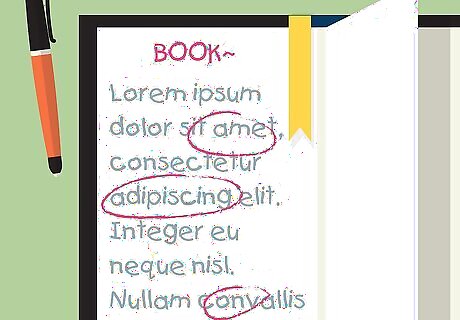
Review and revise your draft. Once your book is finished, let it sit for a week or so, and then come back to it with a critical eye. Look at the order of the chapters and sections first. Do they make sense to you? Often, you'll find that some pieces seem to make more sense in a different spot than where you'd originally placed them. After you're satisfied with the order of the book, read each chapter in order and edit and revise it. Like writing, editing takes time – not as much time, but still a significant amount. Pace yourself by editing a certain number of words or chapters each day. You will often find that words, like chapters, simply need to be rearranged. Do your best to keep related ideas together, and don't forget to alter connecting sentences so that the new order still fits the text. It has often been said that “deletion is the soul of editing.” If you find that a chapter is going down the proverbial rabbit-hole on a particular point, bring it back in line with the overall flow of that chapter by deleting the extra detail. If such information is absolutely vital, consider setting it aside in a sidebar instead, or try to incorporate it into the text so that it continues to flow smoothly when you read it.
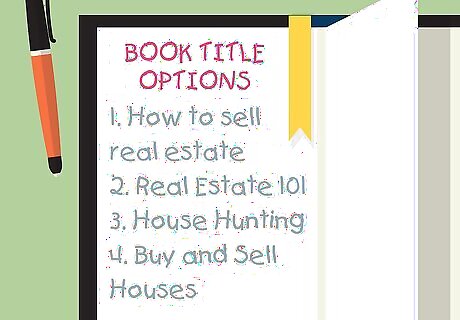
Add the title and other front/end materials. Once the body of your book looks solid, it's time to add a title, and any front or end material (such as an introduction or a bibliography) you'd like to add. Titles usually reveal themselves during the writing of the book; when in doubt, a plainspoken title (such as “How to Sell Real Estate”) is usually a safe choice. If you pick a very simple title, have a couple of alternates on hand in case it's already been used. Adding adjectives or even your own name (as in “wikiHow's Guide to Selling Real Estate”) are simple ways to do this. If you used information from elsewhere, always be sure to properly cite it in a bibliography. If your sources were friends, at least add in a page of acknowledgments so you can thank them by name.
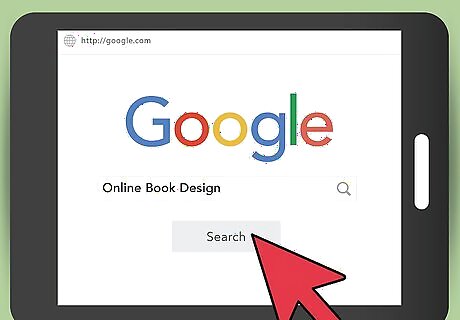
Add a cover. Like physical books, a major marketing tool for any eBook is its cover. Even though it's only a virtual cover, it's what potential buyers notice first. Consider springing for a professionally-designed cover, or go it alone if you think you can make something that looks good and will attract sales. Just be sure to get permission before you use any copyrighted images. Even sections and pieces of copyrighted images are off-limits. When in doubt, get explicit permission from the copyright holder first.

Give ebooks to friends. Once you've written an awesome ebook, you should share some copies with friends, relatives, and neighbors. In order to get feedback from others, make sure to ask: How was the book? What did you like the most? What did you not like? How can I improve it?
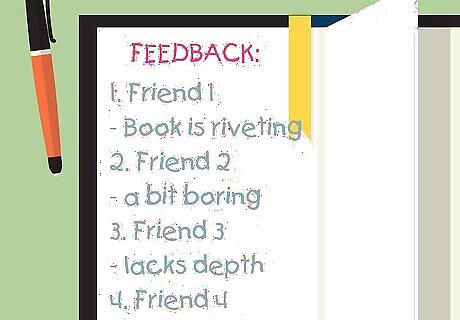
Record the feedback and improve the ebook before you publish. Factor in all of the responses and try to address each of the issues that surfaced. Don't be afraid to stir everything into the mix and redo the entire ebook from top to bottom. The likely result will be a marked improvement on what you created alone. If not, you can always retool and back up to the previous draft.
Publishing Your eBook
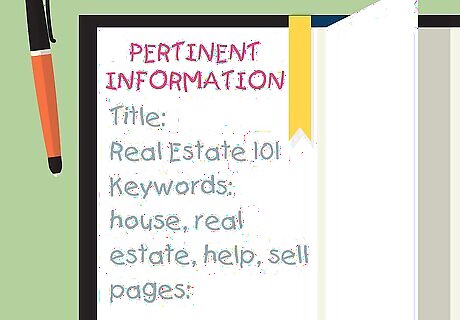
Gather pertinent information about your eBook before publishing. The more clear information you compile about your eBook, the easier a time you'll have in both getting it published and promoting it successfully. On a separate document, write down the title of your book, along with any section and chapter titles, the number of sections or chapters, the word count of the book, and a page number estimate. Once you have all that, come up with a list of descriptive terms or “keywords” that are related to your book, and a general thesis statement if needed. Contrary to what you may have learned in high school, not every piece of writing needs a thesis statement to work. However, most nonfiction writing will have an obvious thesis statement by the time you finish writing it.
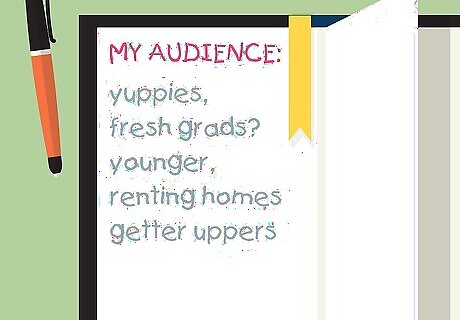
Determine the target audience of your eBook. Try to gauge the types of people who will be interested in your book based on its title and description. Are they young or old? Do they own homes or rent? How much money do they make annually, and do they prefer to save or spend? You don't need to hire an expert; just make your best guesses. This information is only to help you market your eBook later.
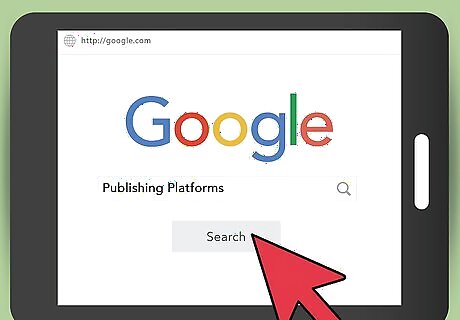
Choose a publishing platform. There are a few different ways to publish your eBook, which vary in terms of piracy protection, royalties paid to you, and audience scope. Consider each one of them and choose the one you think will make you the most money.
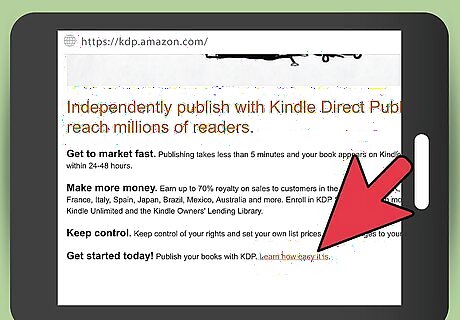
Publish to e-Readers with KDP. One of the most commonly used is Amazon's Kindle Direct Publishing (KDP) platform. KDP allows you to format and publish your eBook to the Kindle Marketplace for free. Anyone who owns the popular Kindle line of e-readers can then purchase your book from the marketplace and read a copy on their Kindle. Under this setup, you keep 70% of the price of every copy you sell of your book, provided you set that price between $2.99 and $9.99. The main downside is that KDP doesn't publish to people without Kindle readers, limiting your audience.
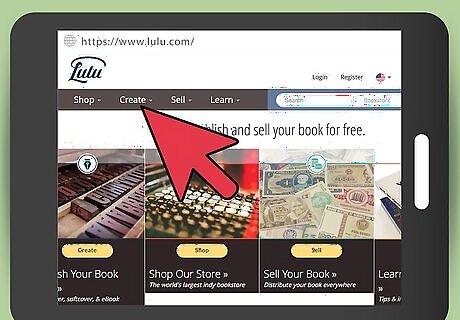
Research other eBook publishers. Services like Lulu, Booktango, and Smashwords are also available to take your manuscript and publish it for you in eBook format. Generally speaking, the basic service of these sites is free (and you shouldn't ever pay to publish your eBook, since it basically costs nothing), but they offer premium packages and services, like marketing and editing, for a fee. Be careful to avoid spending money when you didn't mean to if you go this route. On the plus side, these services can reach a much wider potential audience than KDP, and sometimes offer more royalties. Lulu, for example, pays a whopping 90%!
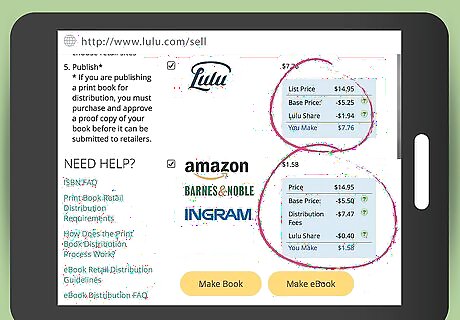
Watch for hidden costs when working with a publishing platform. For any professional eBook publishing platform (including KDP), certain formats have to be used. There are services that will take care of the messy business of formatting your book for you, but they always charge a fee. It's much cheaper to do it all yourself, but you'll need to learn the rules of the service you plan to publish with, and then download and learn any necessary software programs to make the appropriate file conversions. If you do opt for a paid service, don't ever pay more than a few hundred dollars at most. Never work with a publisher that won't let you set your own price. Forcing a price can have detrimental effects on your bottom line in a few different ways, which essentially makes it another fee. As a general rule of thumb, eBooks turn the most profit when priced between $0.99 and $5.99 per copy.
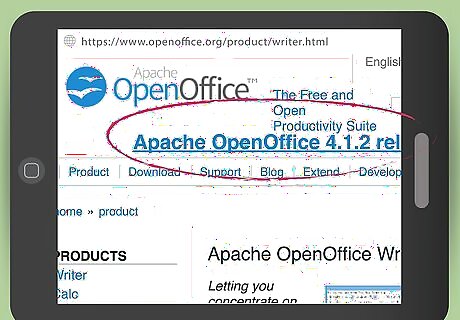
Self-publish with special software. If you'd prefer to publish your eBook on the Internet at large, and not use any specific site, there are a number of specially-designed computer programs that allow you to do just that. They vary widely in cost and features, but all of them allow you to create a finished eBook with no restrictions on where or how you sell it. Be aware that the anti-piracy measures you'll have access to with these programs are generally less effective than those offered by publishing services. Calibre is a newer program that is quick, powerful, and easy to use. It converts HTML files (and only HTML files) into EPUB (the industry standard) format easily, and costs nothing, though donations are appreciated by the creators. Most word processors can save your manuscript as HTML. Adobe Acrobat Pro is the gold standard program for creating PDF files, which can be read on nearly any computer or device. Acrobat allows you to password-protect your PDF file when you save it, though once you've given out the password, anyone who has it will be able to open the book. It's a powerful and flexible program, but it isn't free. OpenOffice.org is a popular free office suite that is similar to Microsoft Works. OpenOffice.org's Writer program (word processor) can save documents in PDF format just like Adobe Acrobat. Writer's tools aren't as advanced, particularly with regards to adding a cover, but the program can secure and encrypt your PDF just like Acrobat. There are many other programs available to help you self publish, both free and paid. If none of the above options sound perfect for you, explore online and find one that suits your needs.

Promote your eBook. Once you've published your eBook and deposited it for paid download somewhere on the Internet, it's time to let the world know about it. There are many services you can pay for that will increase your visibility; these may be quite worth the investment if you suspect you have a book that could really take off. However, even with professional help, it will pay for you to promote the book yourself. Use social media for visibility. Post about the book (and link to a place it can be bought!) on every social media site where you have a presence: Twitter, Facebook, and so on. Even LinkedIn is a good place to add a link to your book on your profile page. Think laterally to maximize exposure. Don't just tell people about your book; be clever and thorough. Link to it on StumbleUpon, take a photo of your computer screen and post it to Instagram, or even [Do-a-Youtube-Video| record a short video] and talk about the book on YouTube. Use every user-created platform at your disposal. Rely on yourself. People love it when authors are accessible. Advertise times for virtual Q and A sessions about the book, or send complimentary copies to bloggers who review eBooks and ask to do an interview.




















Comments
0 comment